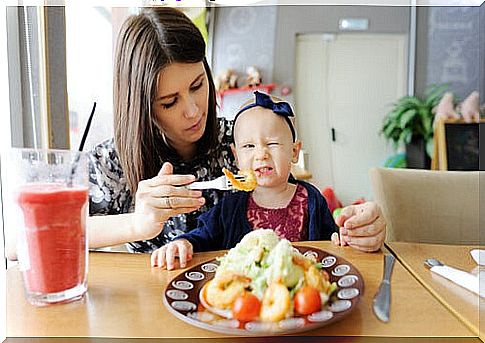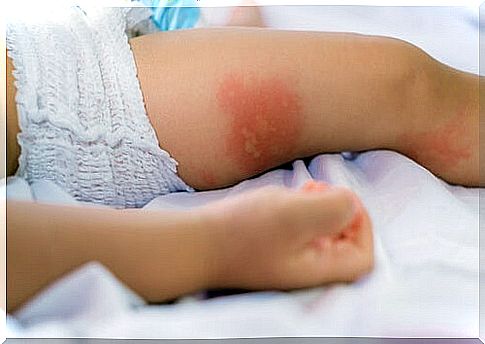Food Allergies In Children – I’m A Mom

It is very common for children to have some food allergies early in life.
Food allergies in children occur due to a failure in immune tolerance. These failures can happen due to genetic causes, age, quantity and form of food presentation. Allergic reactions act mainly on the eyes, nose and skin.
If your child is diagnosed with a food allergy, you should find out as much as you can about the topic.
For example, you should know what foods can produce allergic reactions, how these reactions can be avoided, how to recognize the symptoms, and what treatments you can use to avoid them.
The most common food allergies in children
New cases of food allergies in children are diagnosed every day. The main allergens that can trigger these allergies are the following foods:
egg allergy
This is an adverse immunological reaction caused by consumption and contact with the egg. This type of allergy is more common in children over 1 year of age and the symptoms may be different for each child. However, the most common symptoms are: itchy mouth or throat, redness of the skin, swelling of the lips, vomiting, diarrhea and abdominal pain.
milk allergy
This is a reaction to milk proteins and appears in the first year of life. Symptoms are quite varied. However, the most frequent are: itchy skin and swelling on the lips or eyelids. There may also be abdominal pain, vomiting, diarrhea, rhinitis, or asthma.
Allergy to fish and shellfish
Like the previous ones, this allergy causes adverse reactions in the body and occurs in the first years of life. Symptoms are similar to the other two above and appear after consumption of the food. However, in relation to the consumption of fish and shellfish, symptoms may only appear with the inhalation of cooking vapors or when they come into contact with the skin.

Allergies to fruits, vegetables and vegetables
Fruit and vegetable allergy is the most common food allergy in children, especially in children under 5 years of age. It occurs due to genetic factors or the presence of pollens that can sensitize the person. Among the fruits that cause the most allergies are:
- The peach.
- The Apple.
- The plum.
- The pear.
- The melon.
- The pineapple.
- The mango.
Regarding the vegetables and vegetables that cause the most allergies, there are: tomatoes, lettuce, carrots and onions.
In addition, spices such as cumin and pepper can also cause allergies. The most frequent symptoms are: itching, swelling of the lips and tongue, appearance of red patches on the skin and problems with the digestive and respiratory systems.
Allergy to dried fruits, cereals and pulses
This type of allergy is very common in childhood and usually disappears by itself over time. This allergy occurs after consuming lentils, green beans, chickpeas, peanuts, hazelnuts, almonds, wheat and soy.

How to avoid food allergies?
Try to breastfeed your baby as long as possible during the first 6 months of life. Especially if you know he might have allergies, as this is the best protection.
On the other hand, after 6 months of age, you can start to progressively include new foods in your baby’s diet and allow a few days to pass before introducing another new food. By doing this, you can find out which foods your child is allergic to.
To conclude, food allergies in children are quite common. That is why it is necessary to pay attention. Especially when you start adding new foods to your child’s diet, as your child may have allergy symptoms.
In very rare cases, severe symptoms may appear that can put the child’s life at risk.
If you notice any symptoms of allergy in your child, the ideal is to take them to the pediatrician as soon as possible. He is the professional who will be able to carry out the necessary tests to determine if it is an allergy or not.









